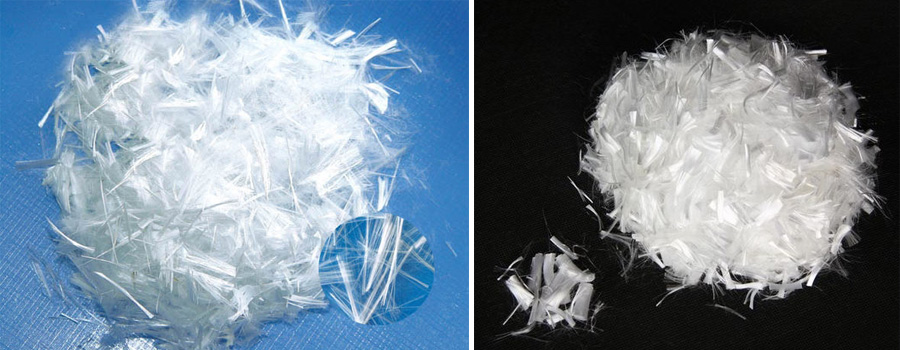The resin matrix of thermoplastic composites involves general and special engineering plastics, and PPS is a typical representative of special engineering plastics, commonly known as “plastic gold”. The performance advantages include the following aspects: excellent heat resistance, good mechanical properties, corrosion resistance, and self-flammability up to UL94 V-0 level. Because PPS has the above performance advantages, and compared with other high-performance thermoplastic engineering plastics, it has the characteristics of easy processing and low cost, so it has become an excellent resin matrix for manufacturing composite materials.
PPS plus short glass fiber (SGF) composite material has the advantages of high strength, high heat resistance, flame retardant, easy processing, low cost, etc. .
PPS lengthened glass fiber (LGF) composite material has the advantages of high toughness, low warpage, fatigue resistance, good product appearance, etc. It can be used for impellers, pump casings, joints, valves, chemical pump impellers and casings, cooling water impellers and Shells, home appliance parts, etc.
So what are the specific differences in the properties of short glass fiber (SGF) and long glass fiber (LGF) reinforced PPS composites?
The comprehensive properties of PPS/SGF (short glass fiber) composites and PPS/LGF (long glass fiber) composites were compared. The reason why the melt impregnation process is used in the preparation of screw granulation is that the impregnation of the fiber bundle is realized in the impregnation mold, and the fiber is not damaged. Finally, through the data comparison of the mechanical properties of the two, it can provide technical support for the application-side scientific and technological personnel when selecting materials.
Mechanical property analysis
The reinforcing fibers added in the resin matrix can form a supporting skeleton. When the composite material is subjected to external force, the reinforcing fibers can effectively bear the role of external loads; at the same time, it can absorb energy through fracture, deformation, etc., and improve the mechanical properties of the resin.
When the glass fiber content increases, more glass fibers in the composite material are subjected to external forces. At the same time, due to the increase in the number of glass fibers, the resin matrix between the glass fibers becomes thinner, which is more conducive to the construction of glass fiber reinforced frames; therefore , the increase of glass fiber content enables the composite material to transfer more stress from the resin to the glass fiber under external load, which effectively improves the tensile and bending properties of the composite material.
The tensile and flexural properties of PPS/LGF composites are higher than those of PPS/SGF composites. When the mass fraction of glass fiber is 30%, the tensile strengths of PPS/SGF and PPS/LGF composites are 110MPa and 122MPa, respectively; The flexural strengths are 175MPa and 208MPa, respectively; the flexural elastic moduli are 8GPa and 9GPa, respectively.
The tensile strength, flexural strength and flexural elastic modulus of the PPS/LGF composites were increased by 11.0%, 18.9% and 11.3%, respectively, compared with the PPS/SGF composites. The length retention rate of glass fiber in the PPS/LGF composite material is higher. Under the same glass fiber content, the composite material has stronger load resistance and better mechanical properties.
Post time: Aug-23-2022






